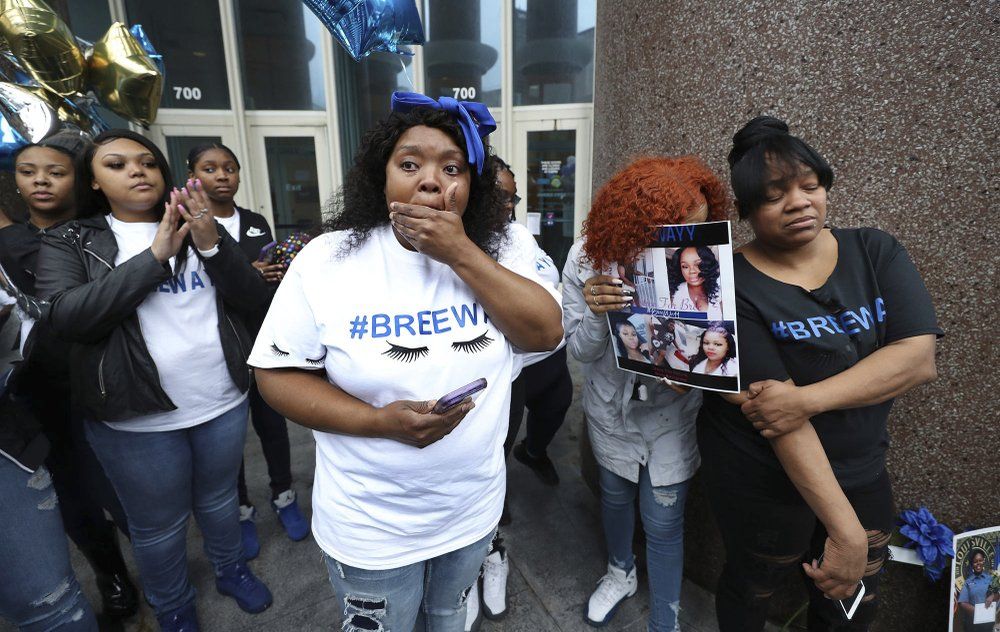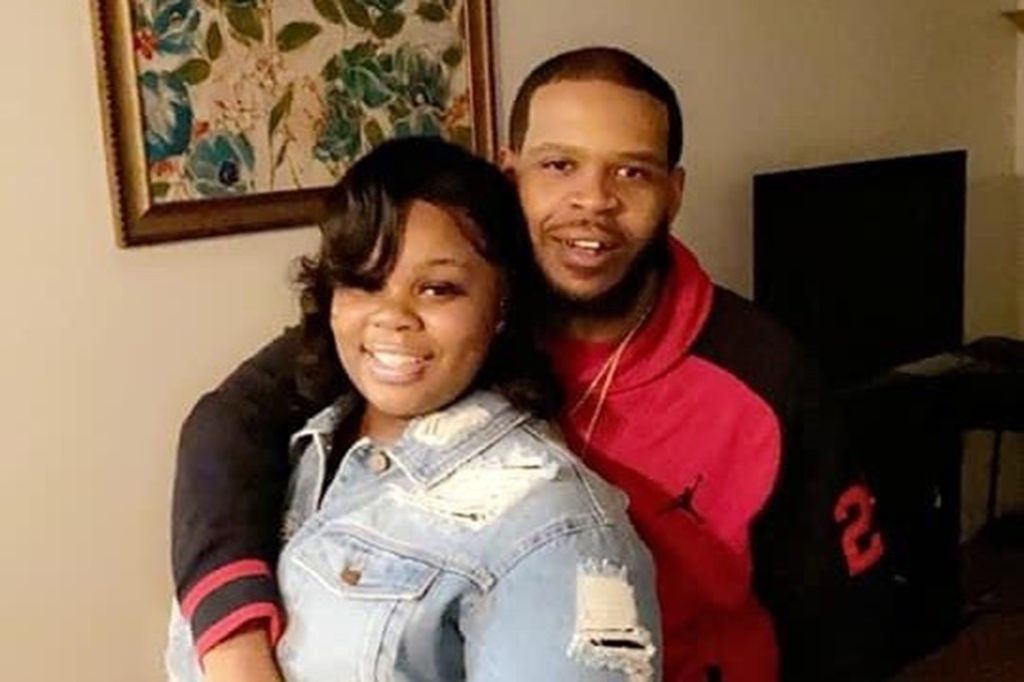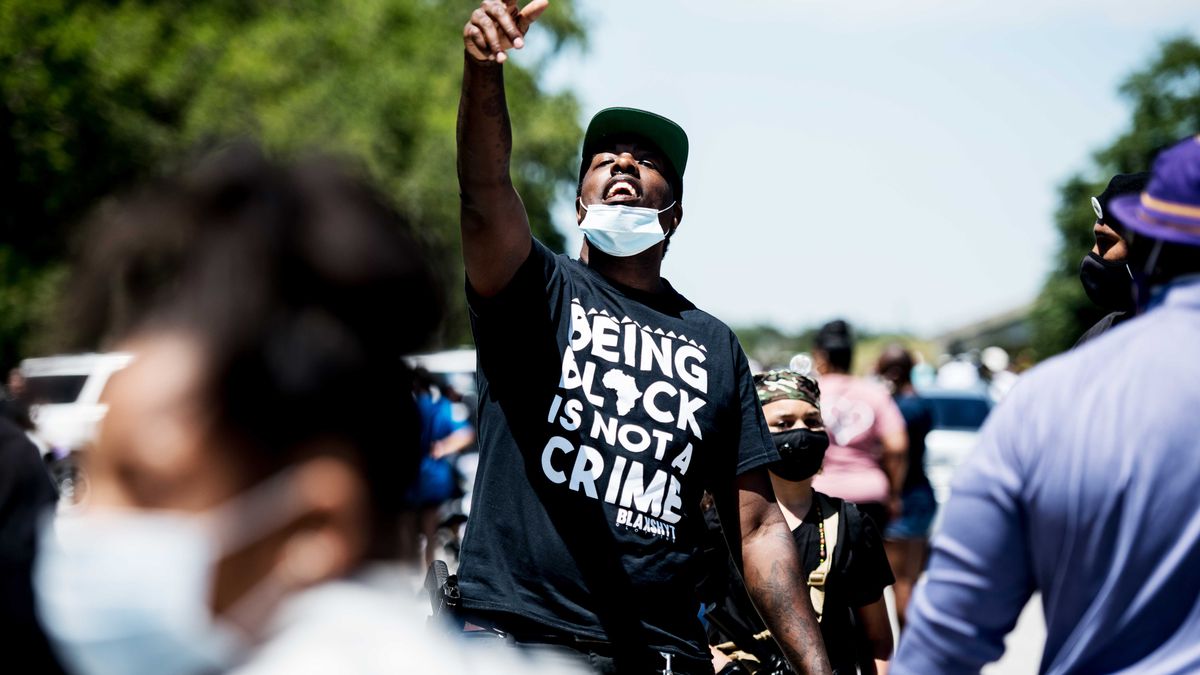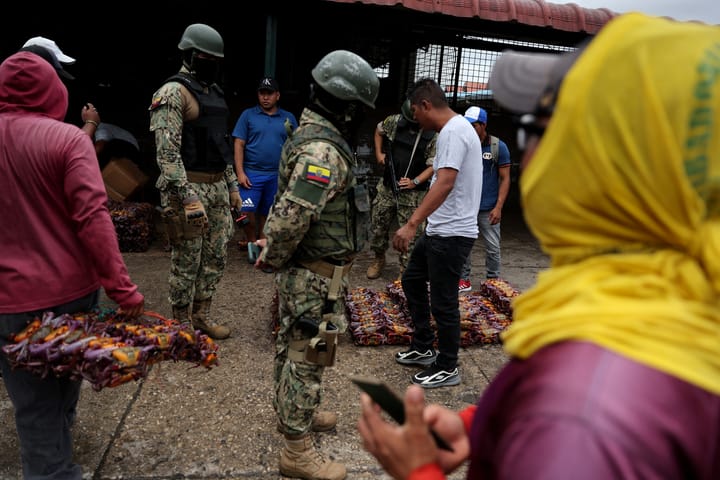What you should know about the shooting death of Breonna Taylor

A few minutes every morning is all you need.
Stay up to date on the world's Headlines and Human Stories. It's fun, it's factual, it's fluff-free.
In the early hours of Friday, March 13, police officers entered the Louisville, Kentucky home of Breonna Taylor in pursuit of a suspect. In the ensuing firefight, Taylor was shot and killed by the police. Taylor was black, as is her boyfriend, Kenneth Walker, who fired at the officers after they entered the home. All three officers at the scene were white.

Taylor’s death has triggered grief and anger in her family and in the black community, spurring calls for an investigation and criminal prosecution of the officers. While the specific details are different, the death of Taylor has drawn comparisons to the February shooting of Ahmaud Arbery in Georgia. Both deadly encounters underline a phenomenon known as “living while black.”
The details of Breonna Taylor’s death
According to initial reporting in the Louisville Courier-Journal, police officers were in pursuit of a suspect related to a narcotics investigation when they entered Taylor’s home with a warrant. The three officers – Sergeant Jonathan Mattingly, Detective Brett Hankison and Detective Myles Cosgrove – arrived at the Springfield Drive residence and entered at around 1 a.m.
The officers reported that suspects fired at them, so they returned fire. Mattingly was wounded in the leg during the exchange and Taylor was shot eight times and killed at the scene. Taylor, an Emergency Medical Technician, was 26 years old. Initial reporting said it was unknown if Taylor was armed or how she was involved in the altercation.
After the shooting, Walker was arrested and charged with attempted murder of an officer. Yet, less than two weeks later, a judge ordered Walker released from jail, angering Louisville Metro Police officers. Walker was switched to home incarceration after lawyers argued that the police had improperly conducted the raid, entering the home without announcing their presence and firing at least 22 shots.
As more details of Taylor’s story have come out in the months since her death, a different narrative has taken shape, that of an innocent black woman being killed by police and the black community protesting, once again, that justice be done.
While Walker was initially labeled as the primary suspect in a narcotics investigation, it has since been reported that the actual suspect lived 10 miles away and that no drugs were found at Taylor’s home. Walker claims that he believed they were being robbed and fired defensively. Police claim that Walker, who is a licensed gun owner, shot first.
The use of “no-knock” warrants
The warrant used to enter Taylor’s home is known as a “no-knock” warrant. The officers used a battering ram to enter the home without announcing their presence, despite the fact that Taylor was not the subject of the warrant. Republican Senator Rand Paul, of Kentucky, has said that such “no-knock” warrants “should be forbidden.”
With Taylor’s family filing a lawsuit against the Louisville Metro Police Department, the LMPD has said that they are changing their warrant policy and will require more frequent use of body cameras on officers. The change in policy will still permit “no-knock” warrants, but will now require that the police chief sign off on them.
One of the officers in the shooting, Hankison, is currently facing a federal lawsuit for allegedly harassing suspects and planting drugs. The plaintiff in the lawsuit, Kendrick Wilson, has said that he has repeatedly been on the receiving end of “unwanted and undeserved attention” from Hankison, including targeted harassment. Hankison has denied the accusations.
Living while black

“Living while black” (or in the case of Taylor, “sleeping while black”) is a common expression used to suggest that black people face added scrutiny in society and are frequently victims of deadly force because of it.
There have been comparisons between Taylor’s death and the shooting death of Ahmaud Arbery, who was also black. Ben Crump, a civil rights attorney who is representing Arbery’s family, has said, “If you ran for Ahmaud, you need to stand for Bre.” This referenced the #IRunWithMaud hashtag that went viral once the video of Arbery’s shooting was released.
A “Stand with Bre” petition has been launched by Action PAC that calls for the officers involved in Taylor’s death to be fired and a special prosecutor to be brought in to investigate the case.
The deaths of Ahmaud Arbery and Atatiana Jefferson
On February 23, Arbery was running in the street in a Georgia town when he was confronted by a white father and son, Gregory and Travis McMichael, both of whom were armed. While Arbery and Travis tussled over the latter’s shotgun, Arbery was shot multiple times. The elder McMichael is a former detective with the local police.
Prosecutors had initially declined to press charges against the McMichaels, who claimed that Arbery resembled the description of a man who had allegedly been robbing local homes. However, after footage of the confrontation went viral, the two men were charged with murder and aggravated assault.
Taylor’s case has even more immediate similarities to the early morning shooting of Atatiana Jefferson by police officers in October 2019. In that case, which also sparked public outrage, police in Fort Worth, Texas, had been called to perform a wellness check at the home in which Jefferson was sleeping.
A white officer who was checking the perimeter of the house perceived a standing figure through a window and deemed it a threat. According to bodycam footage, the officer called out, “Put your hands up! Show me your hands!” He then shot one bullet which killed Jefferson. There is no evidence that Jefferson posed a threat to the officer.That officer, Aaron Dean, was let go from the police department and indicted by a grand jury in December 2019. No verdict has been given in Dean’s case yet.
Have a tip or story? Get in touch with our reporters at tips@themilsource.com
Sign up for daily news briefs from The Millennial Source here!




Comments ()